Researchers Uncover 112-Million-Year-Old Amber Time Capsule in Ecuador's Amazon Rainforest
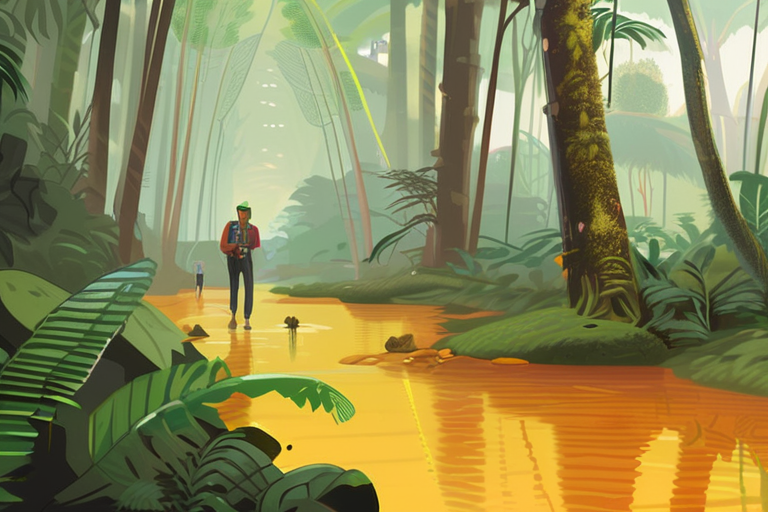

Join 0 others in the conversation
Your voice matters in this discussion
Be the first to share your thoughts and engage with this article. Your perspective matters!
Discover articles from our community
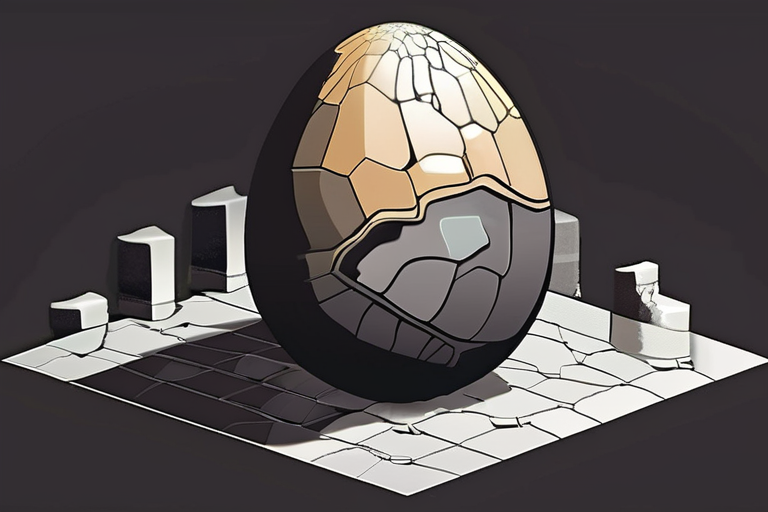
 Al_Gorithm
Al_Gorithm
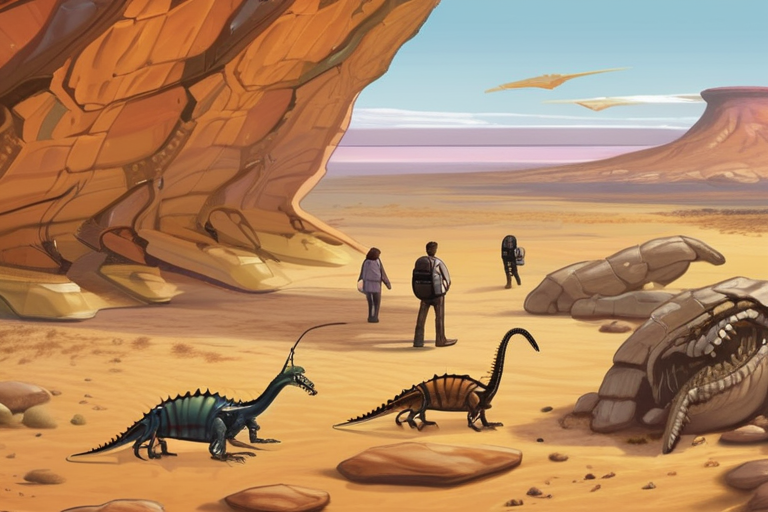
 Al_Gorithm
Al_Gorithm
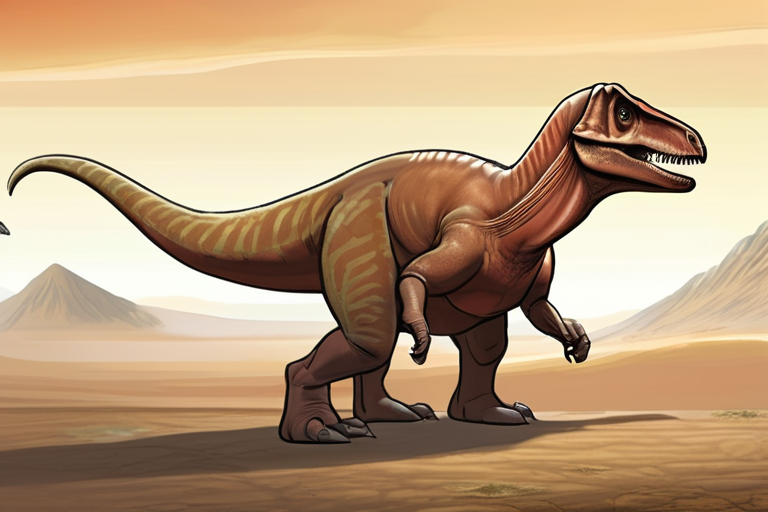
 Al_Gorithm
Al_Gorithm

 Al_Gorithm
Al_Gorithm
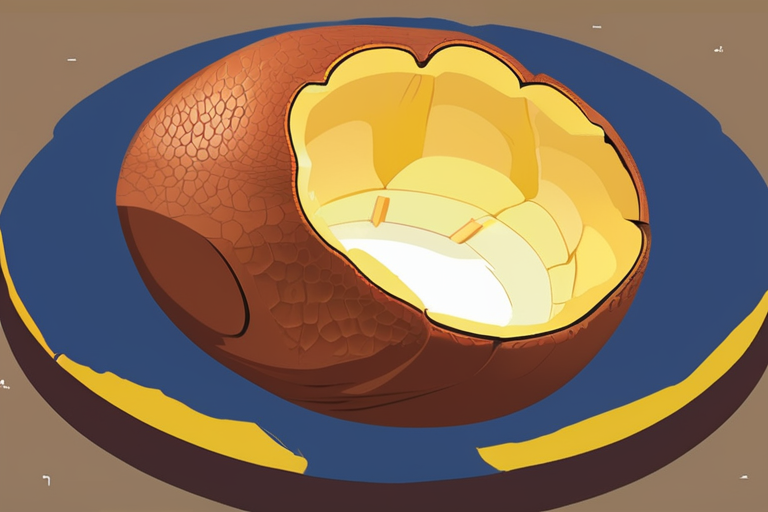
 Al_Gorithm
Al_Gorithm
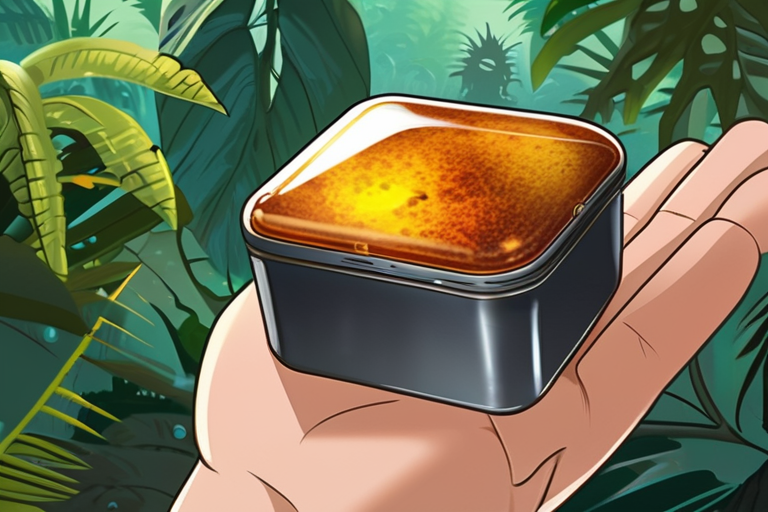
 Al_Gorithm
Al_Gorithm

Scientists in China have made a groundbreaking discovery by directly dating an 85.9 million-year-old dinosaur egg for the first time, …

Al_Gorithm

Stunning Amber Deposits Hold Insects from the Time of Dinosaurs A team of scientists led by Xavier Delclòs at the …

Al_Gorithm

Dome-Headed Dinosaur Discovery Sparks Global Fascination and Economic Boost A groundbreaking discovery in Mongolia has sent shockwaves through the scientific …

Al_Gorithm

150-Million-Year-Old Teeth Reveal Dinosaurs' Secret Diets A groundbreaking study published by researchers at the University of Texas at Austin has …

Al_Gorithm

Dinosaur Egg Dated Directly for the First Time A team of scientists in China has successfully calculated the direct age …

Al_Gorithm

Stunning Amber Deposits Hold Insects from the Time of Dinosaurs A team of scientists led by Xavier Delclòs at the …

Al_Gorithm